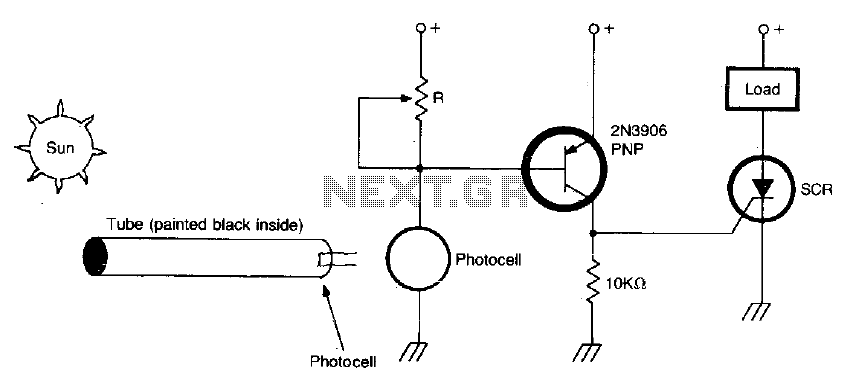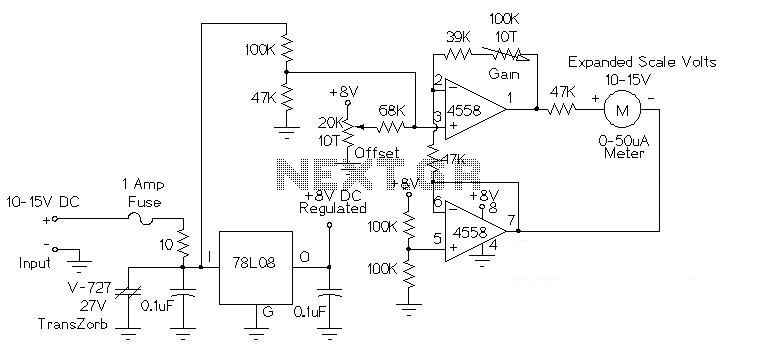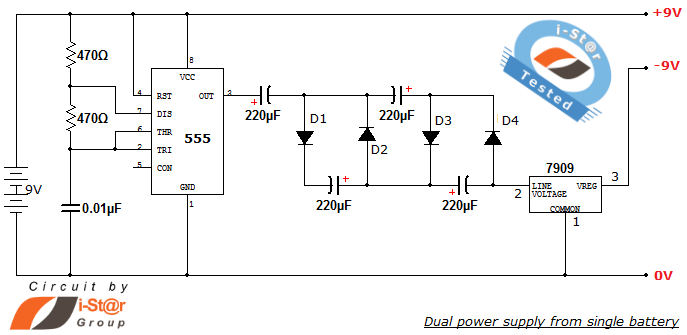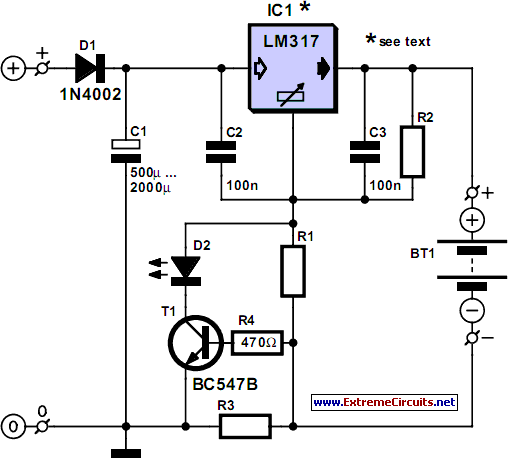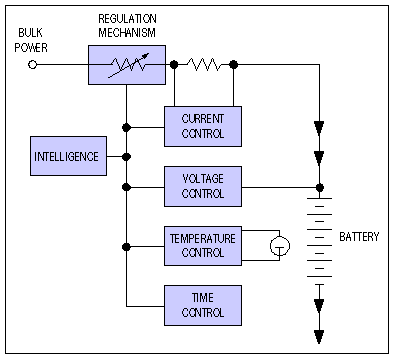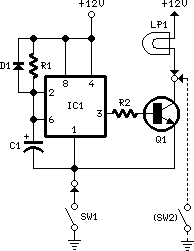
Battery Powered Electret Microphone Pre-Amplifier
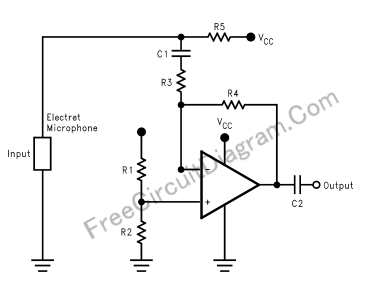
This document presents a schematic diagram of an electret microphone pre-amplifier utilizing the LMV721 operational amplifier. The LMV721 is chosen for its low noise and low power characteristics.
The electret microphone pre-amplifier circuit is designed to amplify the weak audio signals generated by an electret microphone. The LMV721 op-amp serves as the core amplification component due to its favorable specifications, including low noise operation and minimal power consumption, making it suitable for battery-powered applications.
The circuit typically includes the electret microphone, which contains a built-in FET that converts sound waves into electrical signals. The output from the microphone is connected to the non-inverting input of the LMV721. A resistor-capacitor (RC) network may be employed to filter out high-frequency noise and stabilize the gain. The gain of the amplifier can be adjusted by selecting appropriate feedback and input resistors.
Power supply considerations are critical; the LMV721 can operate with a single supply voltage, which simplifies the design. Bypass capacitors are recommended close to the power supply pins of the op-amp to reduce power supply noise. The output of the LMV721 can then be interfaced with further audio processing stages or directly with an analog-to-digital converter (ADC) for digital audio applications.
Overall, this schematic provides an efficient solution for amplifying audio signals in various applications, including voice recognition systems, portable audio devices, and other low-power audio applications.Here is a schematic diagram of electret microphone pre-amplifier using LMV721 op-amp. because the LMV721 has low noise and low power features, it would be an. 🔗 External reference
The electret microphone pre-amplifier circuit is designed to amplify the weak audio signals generated by an electret microphone. The LMV721 op-amp serves as the core amplification component due to its favorable specifications, including low noise operation and minimal power consumption, making it suitable for battery-powered applications.
The circuit typically includes the electret microphone, which contains a built-in FET that converts sound waves into electrical signals. The output from the microphone is connected to the non-inverting input of the LMV721. A resistor-capacitor (RC) network may be employed to filter out high-frequency noise and stabilize the gain. The gain of the amplifier can be adjusted by selecting appropriate feedback and input resistors.
Power supply considerations are critical; the LMV721 can operate with a single supply voltage, which simplifies the design. Bypass capacitors are recommended close to the power supply pins of the op-amp to reduce power supply noise. The output of the LMV721 can then be interfaced with further audio processing stages or directly with an analog-to-digital converter (ADC) for digital audio applications.
Overall, this schematic provides an efficient solution for amplifying audio signals in various applications, including voice recognition systems, portable audio devices, and other low-power audio applications.Here is a schematic diagram of electret microphone pre-amplifier using LMV721 op-amp. because the LMV721 has low noise and low power features, it would be an. 🔗 External reference
